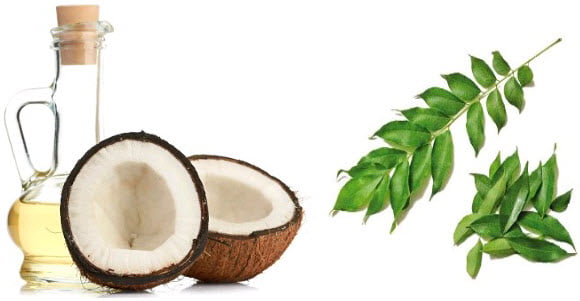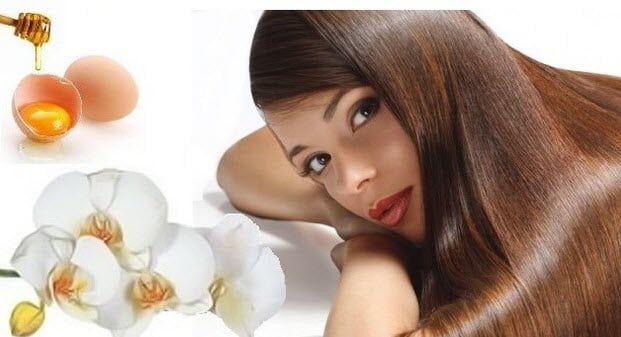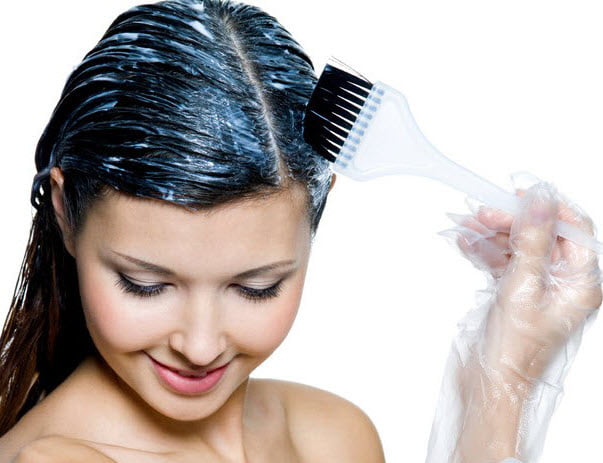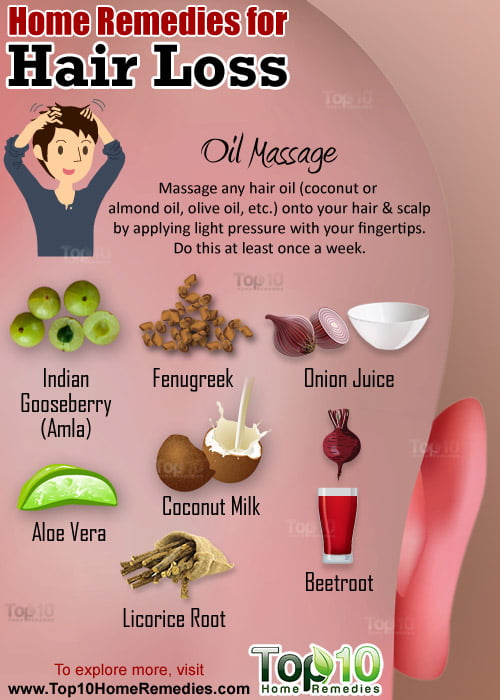/about/close-up-of-a-young-woman-splashing-water-on-her-face-76945283-57728f9c3df78cb62c78a62a.jpg)
Is the soap you use for your face the same one you use for your body? If so, you probably don’t realize that the sensitive skin on your face needs a milder cleanser.
All Cleansers Are Not the Same
While there are different tools for face washing, most people use some type of soap. Even though some facial and body cleansers are made of most of the same ingredients, there are significant differences. Facial cleansers are milder on the skin because the surfactant they contain is milder than that of body cleansers.
Some liquid body cleansers even have a harsher than usual surfactant, which manufacturers make up for by adding a good, but heavy, moisturizing system. That moisturizing system is based on the inclusion of emollients in the cleansing formula. Facial cleansers use different emollients, as the ones found in body cleansers leave behind a heavy, greasy feeling.
These differences in formula contribute to why facial cleansers tend to be more expensive than body cleansers (very mild surfactants are more costly).
So What Are My Options?
There are different types of facial cleansers, and they have different effects on the skin. Soaps for the face can be divided into these three groups:
- Foaming cleansers
- Non-foaming cleansers
- Abrasive scrubs
Let’s take a trip down the skincare aisle…
Foaming Facial Cleansers
These facial soaps tend to have the most pleasing feel because they lather and leave behind a refreshing sensation after they’re rinsed off.
Foaming facial cleansers can come in a variety of types, including:
- Lotions
- Creams
- Gels
- Self-foaming cleansers
- Aerosols
- Scrubs
Non-Foaming Facial Cleansers
The non-foaming facial cleansers tend to be the mildest type of facial cleanser because they have a very small amount of surfactant and can be wiped off instead of rinsed off.
Since these don’t come in contact with water, they can deposit more of the cleanser’s helpful ingredients (moisturizers, anti-oxidants) on the skin. Non-foaming cleansers typically include:
- Creams
- Lotions (sometimes known as milks)
- Cold creams
Abrasive Scrubs
Abrasive scrubs contain ingredients that physically scrub the skin to help remove dead skin cells. The advantage of using a scrub is that it makes the skin smoother. The disadvantage is that the granules that do the actual scrubbing can cause irritation, redness, and even tiny cuts on the face.
The scrubbing particles used in a scrub determine how mild or harsh it is. Here, some common exfoliating granules that can be found in product ingredient lists:
- Sodium tetraborate decahydrate granules (the mildest abrasive because the granules soften and dissolve when they get wet)
- Polyethylene silica or beads (mild because the beads are smooth and round)
- Jojoba esters (somewhat mild)
- Cross-linked polymethacrylate (somewhat harsh because of its density)
- Calcium carbonate (harsh because the particles are different sizes and gritty)
- Ground seeds, such as apricot, almond and walnut seeds (harsh because they have rough edges)
- Aluminum oxide (harsh because of its rough edges)
Sometimes finding the cleanser that works best with your skin, fits your budget and is to your liking takes a bit of trial and error. If you’re uncertain about which option might be best for you, you can always consult with your dermatologist.
Find a Dermatologist Near You
Sources
Abbas, S et al. “Personal Cleanser Technology and Clinical Performance.” Dermatologic Therapy. 17S (2004): 35-42.
American Academy of Dermatology. “Cutting Through the Clutter: Making the Most of Your Facial Cleansing Routine..” Feb 21, 2005.
Draelos, Zoe. “Concepts in Skin Care Maintenance.” Cutis 76S (2005): 19-25.
Ertel, Keith. “Personal Cleansing Products: Properties and Use.” Cosmetic Formulation of Skin Care Products. Eds. Zoe Draelos and Lauren Thaman. London: Taylor & Francis, 2006. 54-6.
Subramanyan, K. “Role of mild cleansing in the management of patient skin.” Dermatologic Therapy. 17 (2004): 26-34.
[source;Verywell]























